Time Heals, Just Not Quick Enough…
By Ose EkoreOse Ekore is a Nigerian curator based in the UAE whose work explores African histories, contemporary art, and public engagement. He is co-founder of Bootleg Griot, a community-led library project, and serves as curatorial assistant at the Sharjah Art Foundation. Opening this weekend, on 1 June, and on view until 30 July 2025, Ekore curates time heals, just not quick enough… at Dubai’s Efie Gallery. The presentation brings together intergenerational voices in film and photography – including Samuel Fosso, Aïda Muluneh, Kelani Abass, Abeer Sultan and Sumayah Fallatah – to ruminate on healing, memory, and the quiet labour of time. Reflecting on the ideas explored in the show, Ekore offers Something Curated an intimate glimpse into his curatorial process.
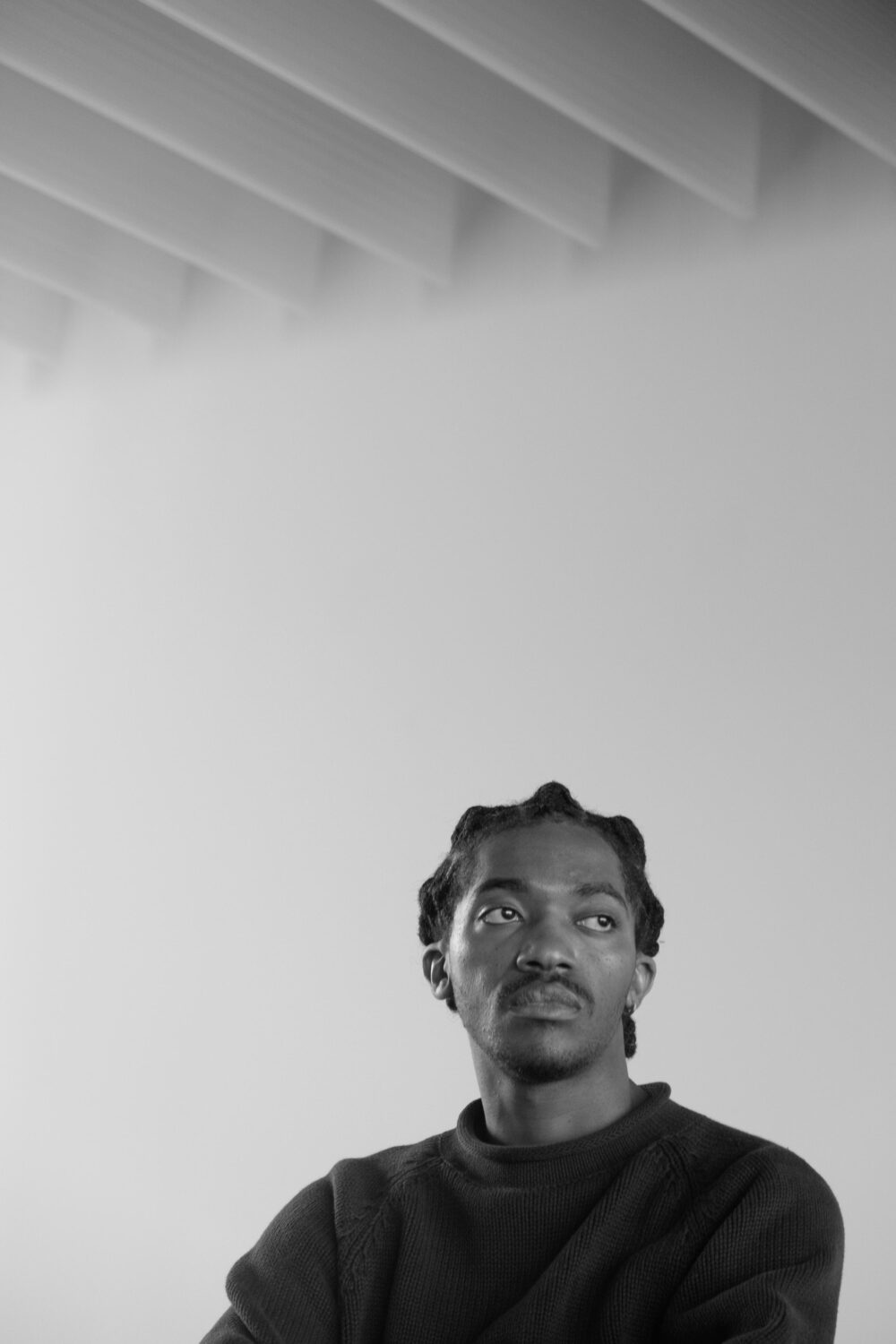
The curatorial process for time heals, just not quick enough… was an exercise in deep listening for me. Listening across generations and geographies, I was drawn to artists whose practices actively shape and reshape memory and identity. Though their approaches vary–many diverging from conventional applications or methods of photography and film–they all share an attentiveness to the emotional textures and tensions of time: grief and endurance, rupture and continuity, forgetting and remembering.
Listening Across Generations
The premise of intergenerational dialogue was another key aspect of the curatorial approach. Rather than presenting a linear conversation that retraced fixed historical points, I was interested in something more layered and open-ended: a dialogue dispersed across experiences and aesthetics. The artists in this exhibition span different generations and cultural contexts, and each engages image-making as a deeply meditative, often recursive act. The result of this is a set of overlapping and interweaving temporalities, unfolding in spirals, stillness, or rupture. The exhibition resists linear notions of progress, resolution or closure. Instead, it embraces slowness and ambiguity, affirming healing as a state of continuous becoming rather than a fixed destination.
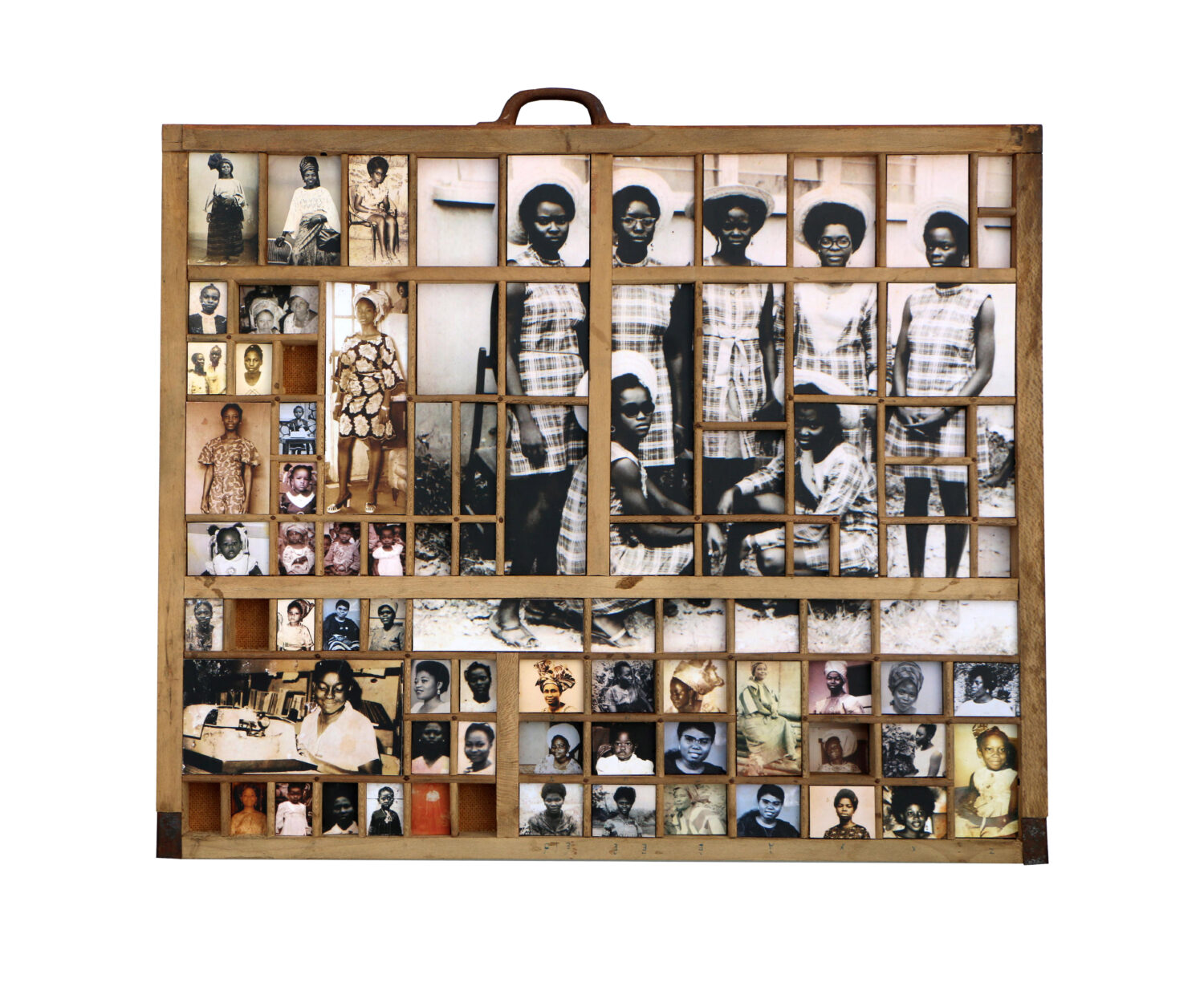
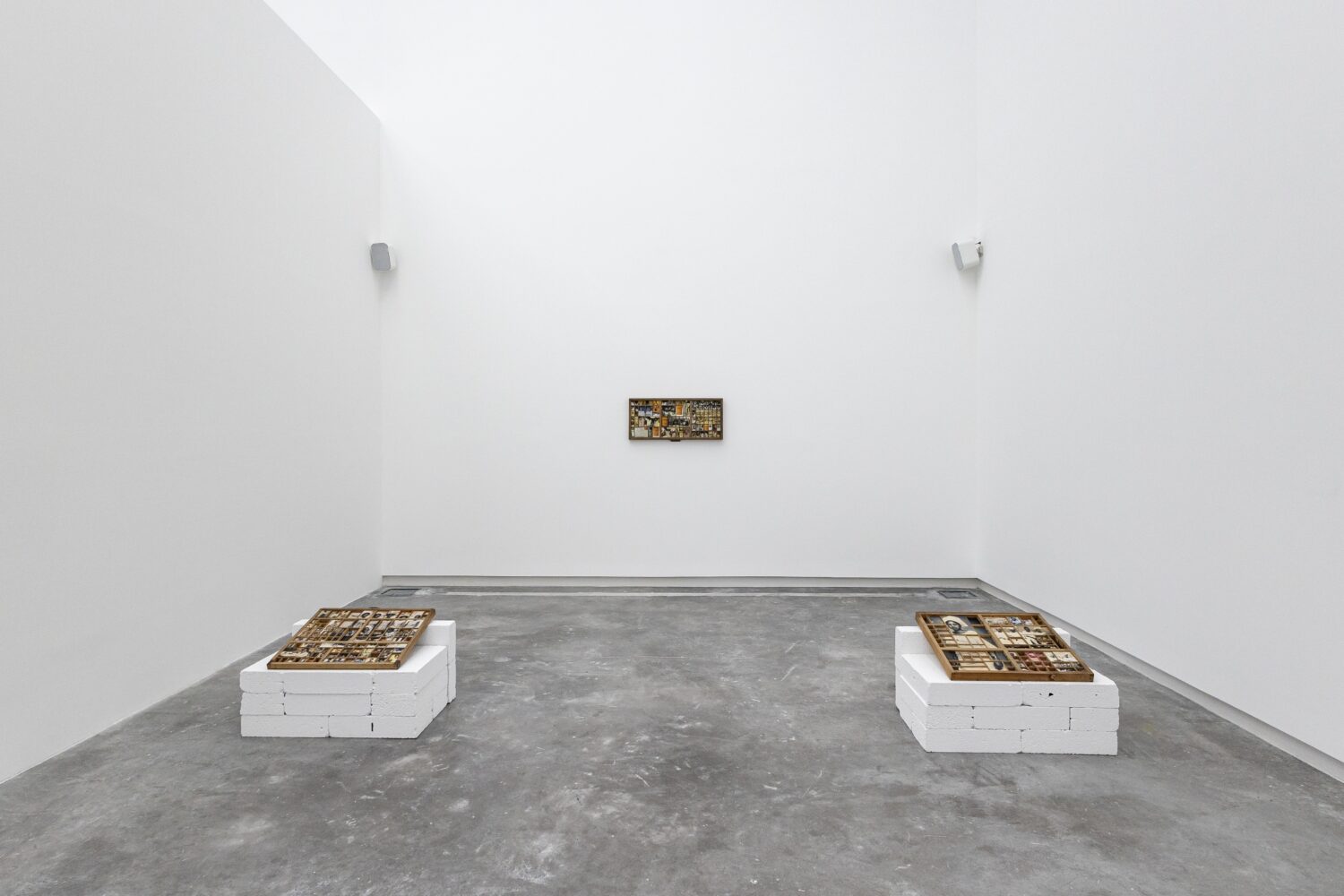
Film and Photography as Poetic Instruments
Film and photography are time based media, literally. This immediate connection to the theme allows them to participate as natural vessels for exploring the broader ideas of the exhibition. The still image suspends a moment, holding it in tension. The moving image stretches time, tracing its rhythms and ruptures. In time heals, just not quick enough…, film and photography transcend their function as modes of documentation, becoming poetic instruments to hold silence and gesture, echo and dissonance. They create space for presence and absence to coexist, and offer a visual language for memory to be preserved, reinterpreted, and reimagined.
Memory, Migration, and the Diasporic Present
Themes of migration, diaspora, and transformation are present throughout the show, naturally.They manifest as lived realities that shape how memory is carried, fractured, and sustained. Displacement is a generational condition, and in the context of this exhibition, the artworks don’t only look backward; they imagine forward–conjuring futures that hold space for multiplicity, contradiction, and survival. I resonate with these themes deeply, and curating this exhibition became a way to sit with the unresolved: to interrogate how I (and we) live with what lingers, what returns, and what we carry even when we don’t fully understand it. It was a way to engage memory as something mobile–something that migrates too, adapting across time, place, and form.
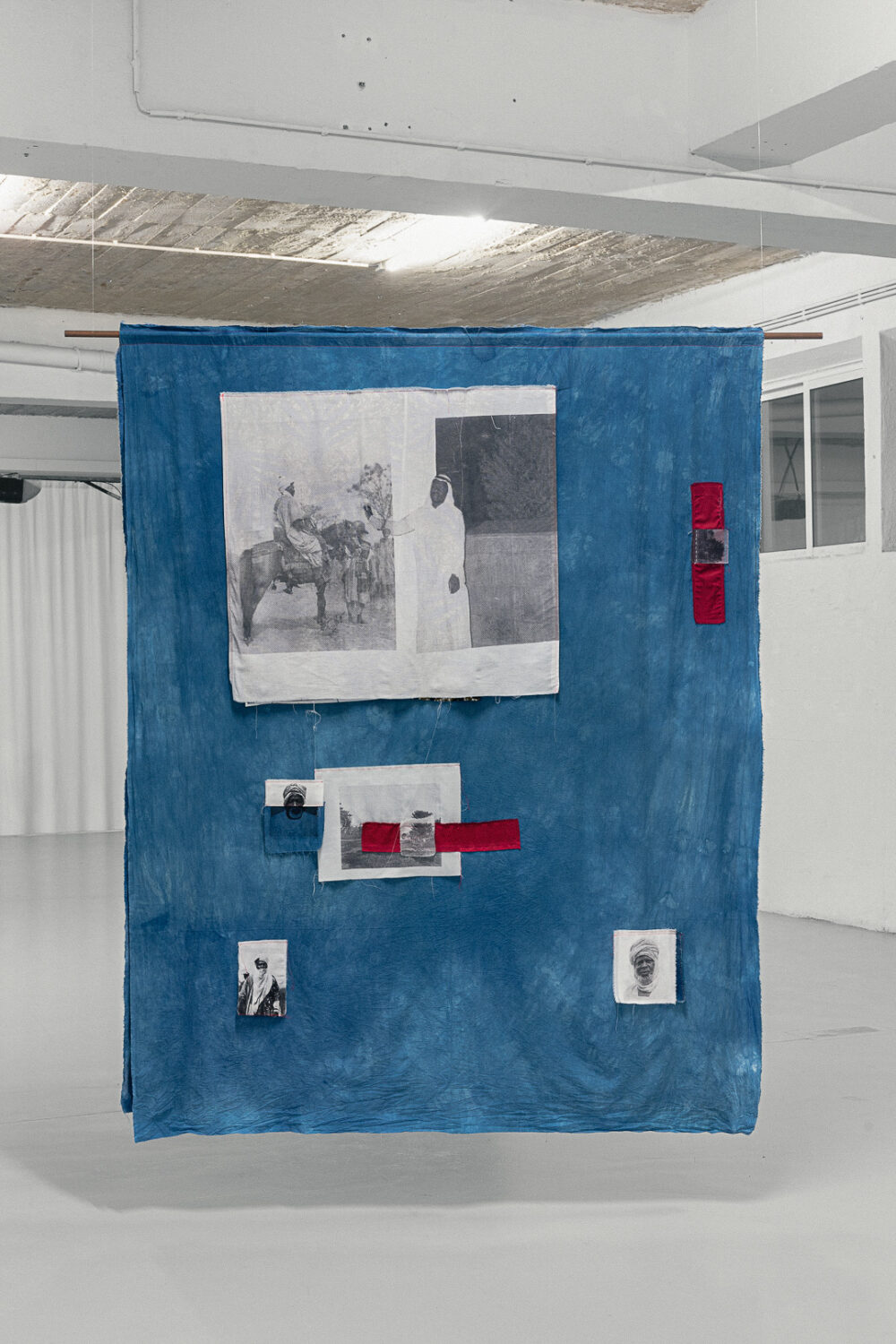
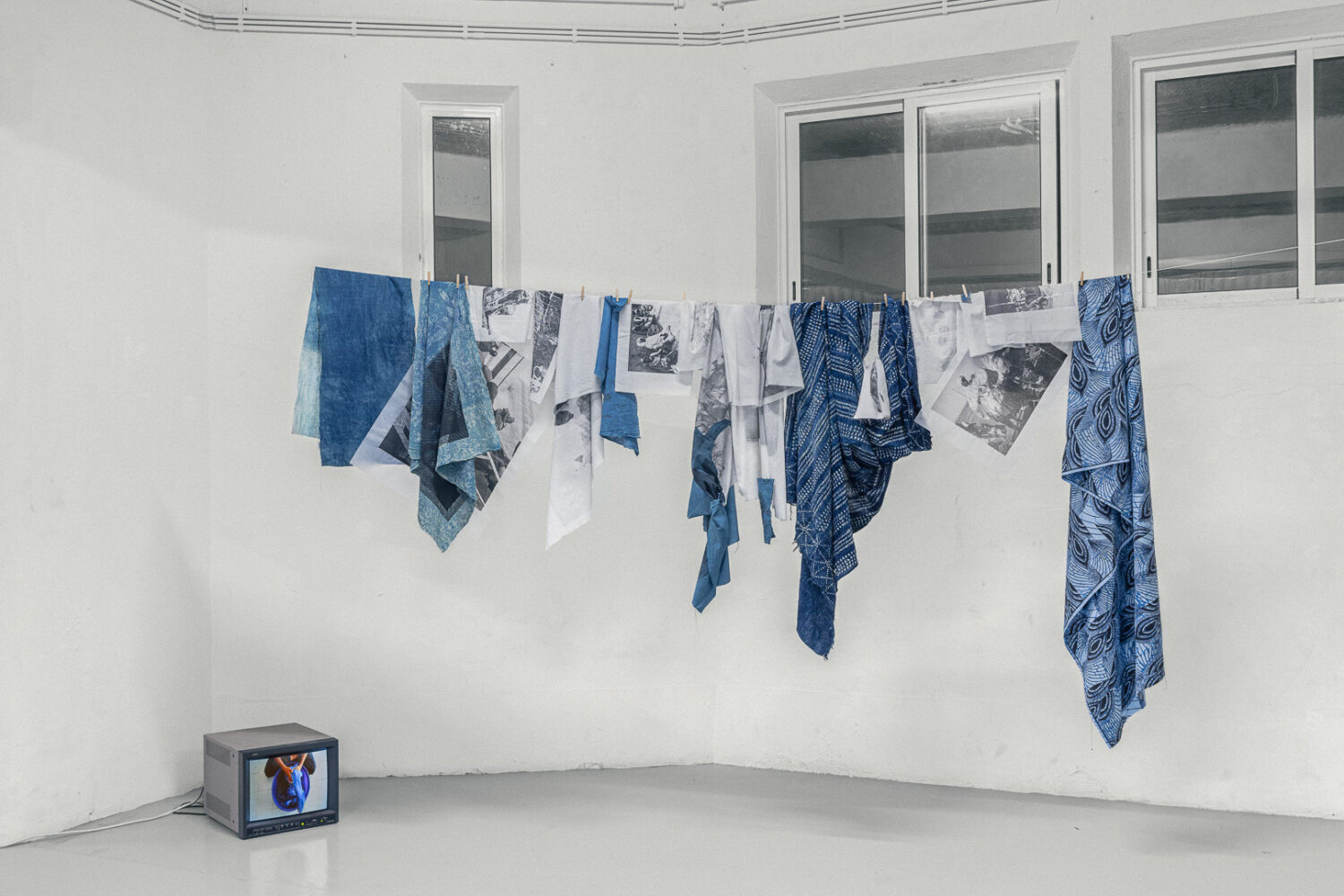
Artworks in Conversation
Each artist in the exhibition contributes to the broader meditation on healing, time, and memory in a distinct way:
Abeer Sultan constructs a mythopoetic world shaped by marine life, personal memory, and fragmented heritage. Her photographs and collages draw on organic forms–the immortal jellyfish, corals, and shells– that evoke regeneration and ancestral connection. Her speculative visual language imagens artefacts that bridge past and future, land and sea, self and species.
Samuel Fosso’s early self-portraits are exuberant acts of self-making. Staged, playful, and deliberate, these photographs assert the right to be seen on one’s own terms. They set the stage for his later conceptual work while reclaiming space for performance, invention, and interiority.
Sumayah Fallatah offers a poignant meditation on migration and cultural loss. Her collages transform fabric into a surface of mourning and memory. These works are quiet yet defiant acts of care, stitching together fragments of identity with tenderness and resolve.
Kelani Abass fuses personal history with reflections on intergenerational memory. Through repetition, layering, and the tactile processes of printmaking, he creates mnemonic surfaces where memory accumulates and fades. His work enacts remembrance as a process of ongoing repair, where absence becomes a form of presence.
Aïda Muluneh turns her lens towards Neglected Tropical Diseases (NTDs) in Africa. Her vividly composed photos draw attention to structural neglect and an ongoing crisis. Her work positions photography as both witness and intervention–a space to hold what is unseen and unresolved.
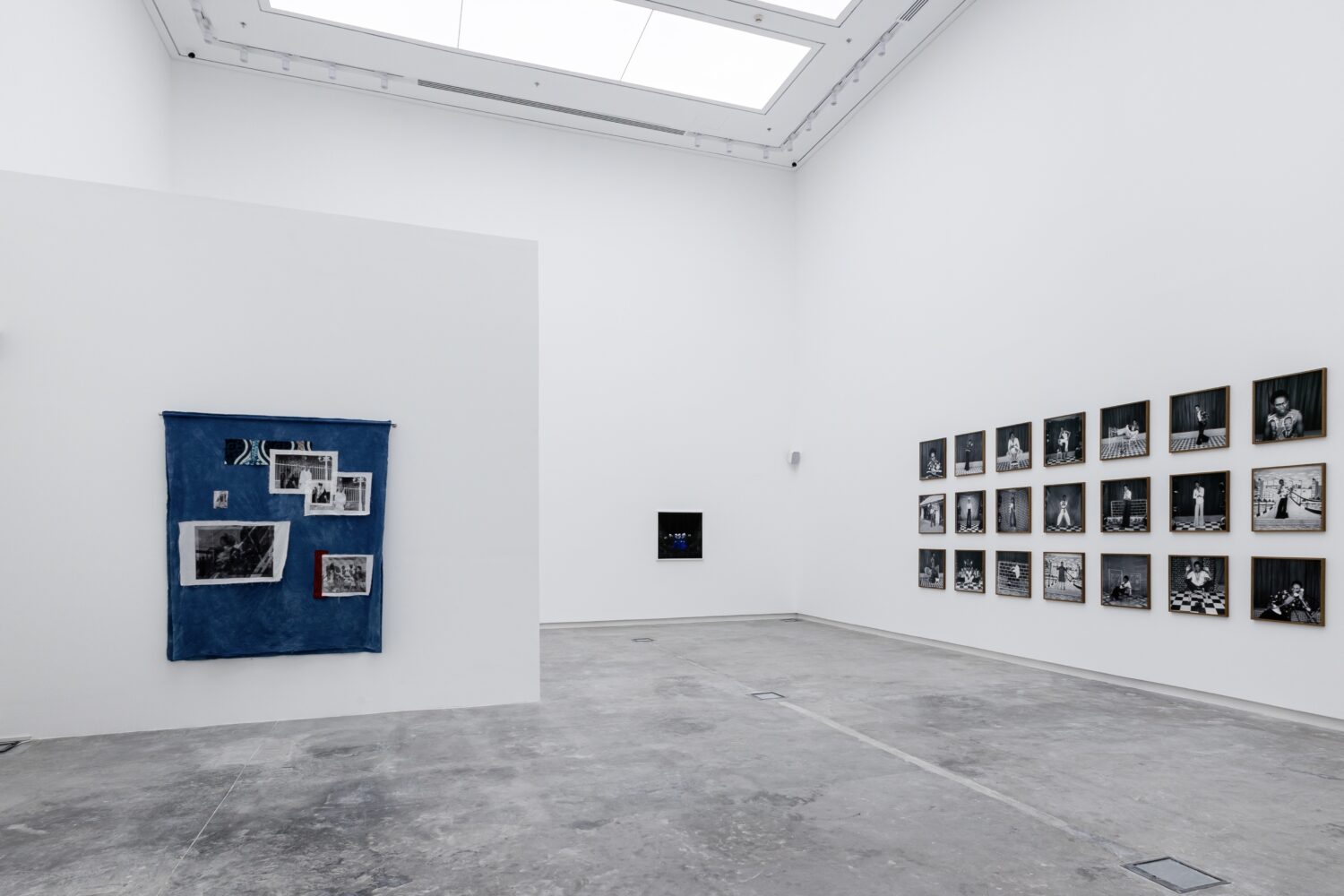
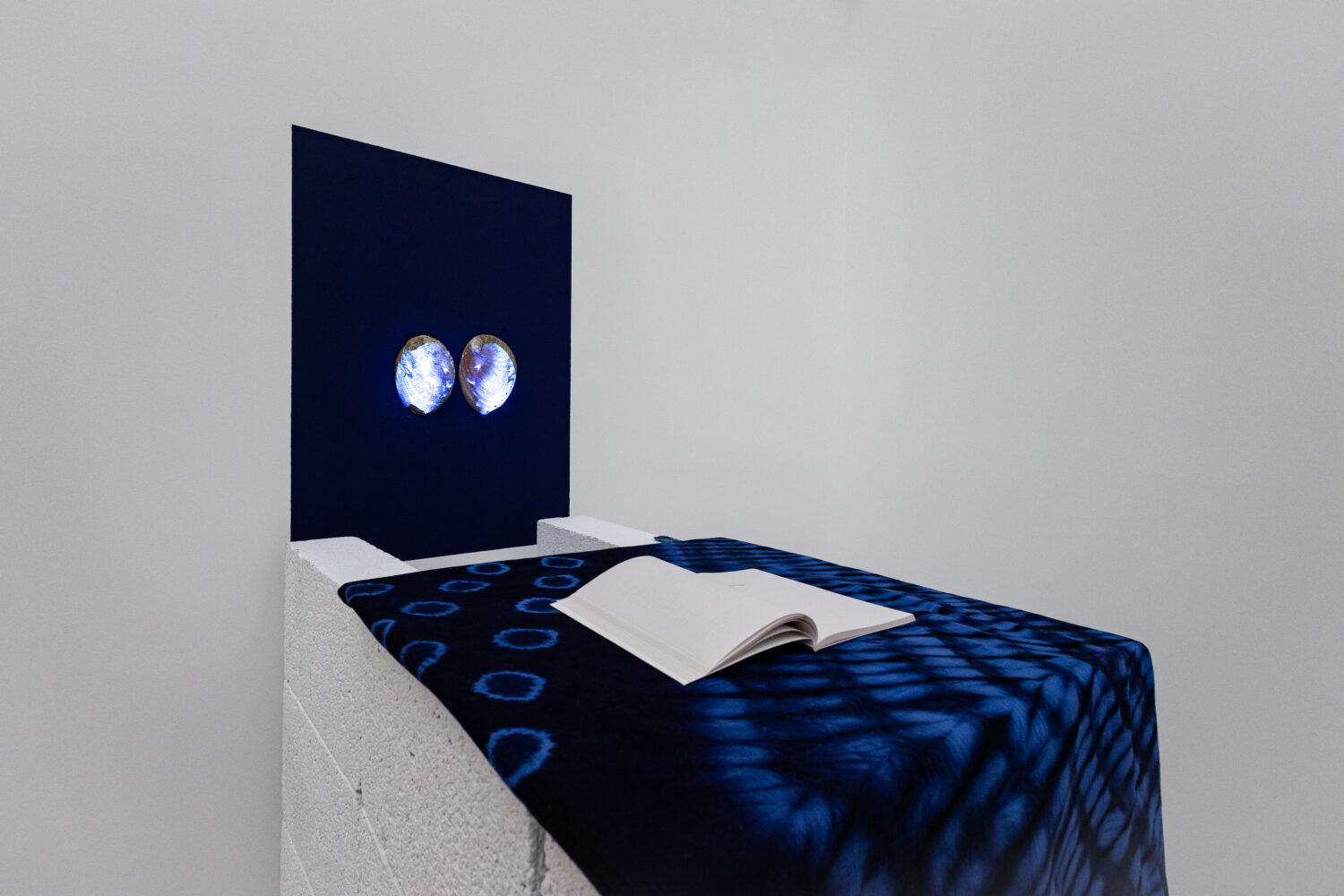
A Space for Slowness
Presenting this exhibition at Efie Gallery’s new space in Alserkal Avenue added another layer of resonance. Having witnessed the gallery’s transition from its original site, this moment felt like an in-between marked by change, continuity, and growth. Architecturally, the new space offered the quiet expansiveness that the exhibition needed: a setting where the works could unfold slowly and intentionally, and where viewers could dwell in moments of contemplation. With the gallery’s positioning as a satellite for diasporic exchange, it offered a fitting context for the exhibition to breathe–not only as a meditation on memory, but as a lived encounter with it.
Still Becoming
time heals, just not quick enough… is concerned with what remains unresolved. How do we live with what cannot be neatly archived? How do we remember across ruptures? How can art create openings for tenderness, ambiguity, and transformation? The exhibition does not offer any answers to these questions. It allows them to linger, echo, and wait.
Feature image: Samuel Fosso, 70s Lifestyle, 1974-1978. Courtesy Samuel Fosso and Efie Gallery, Dubai